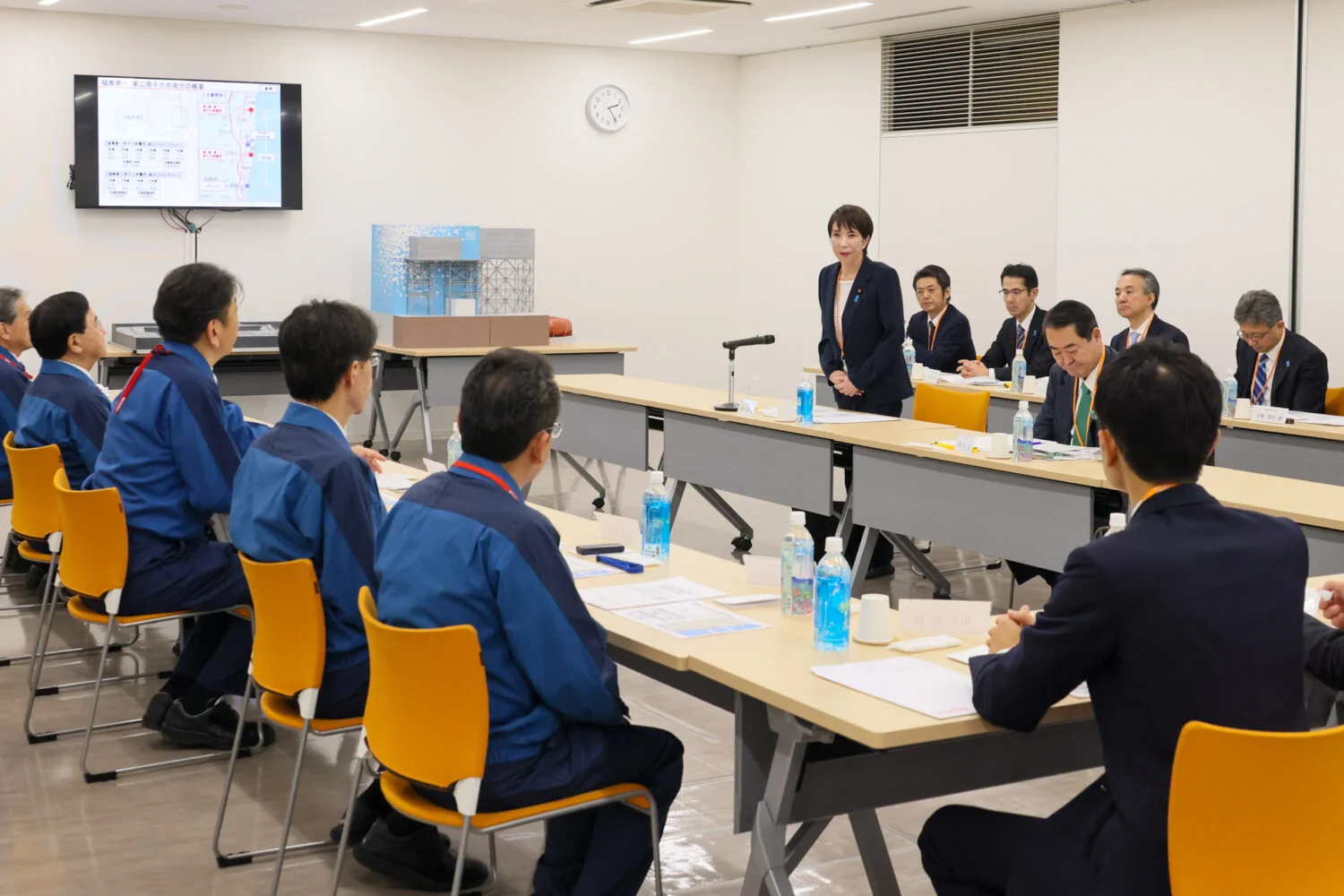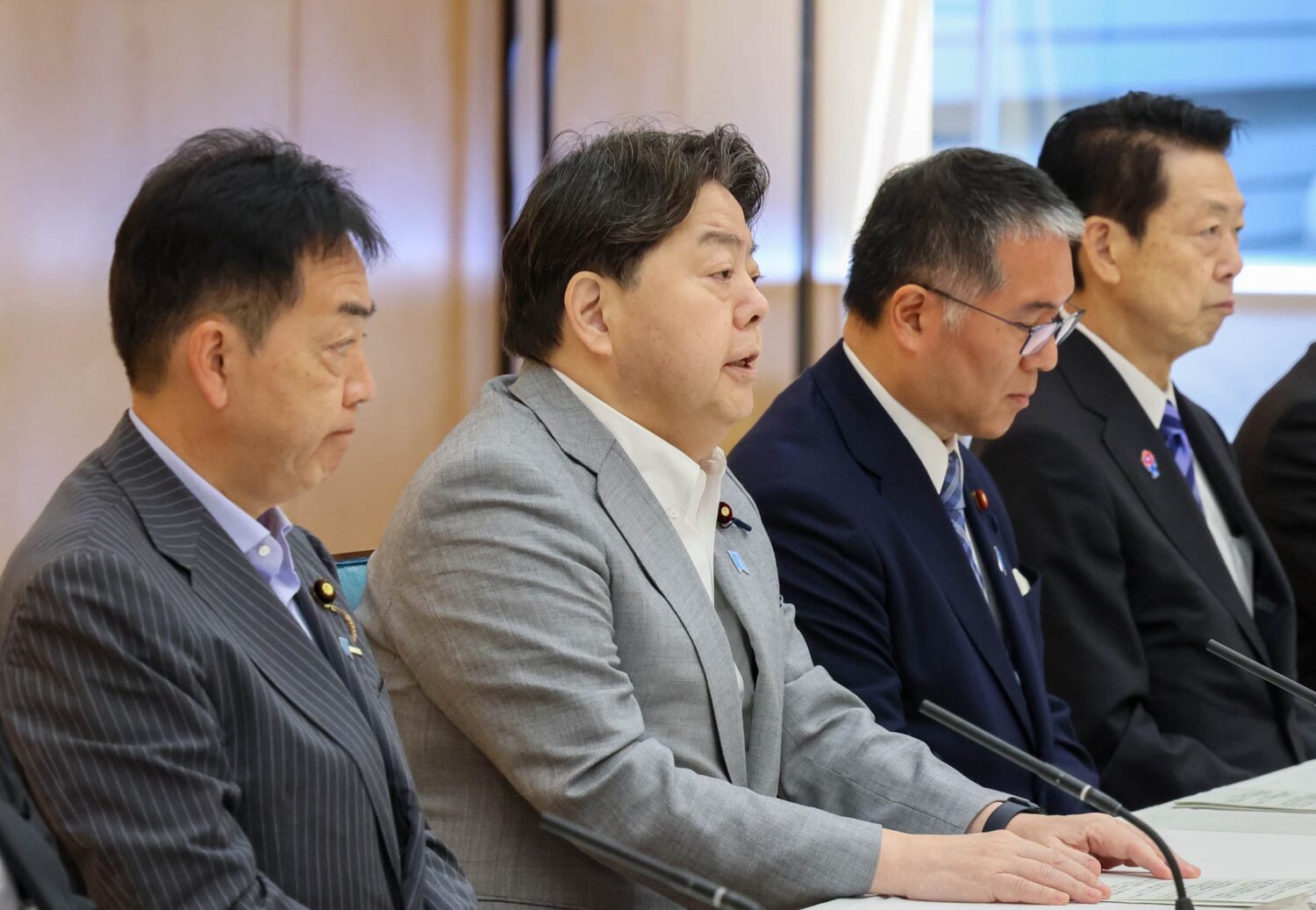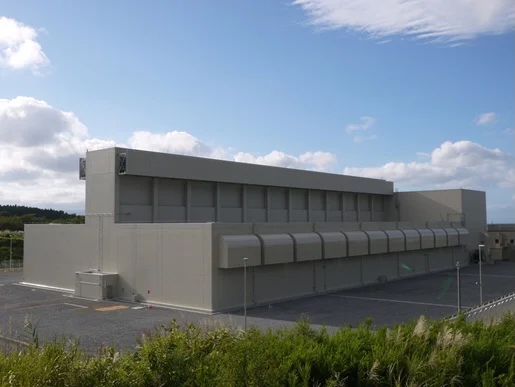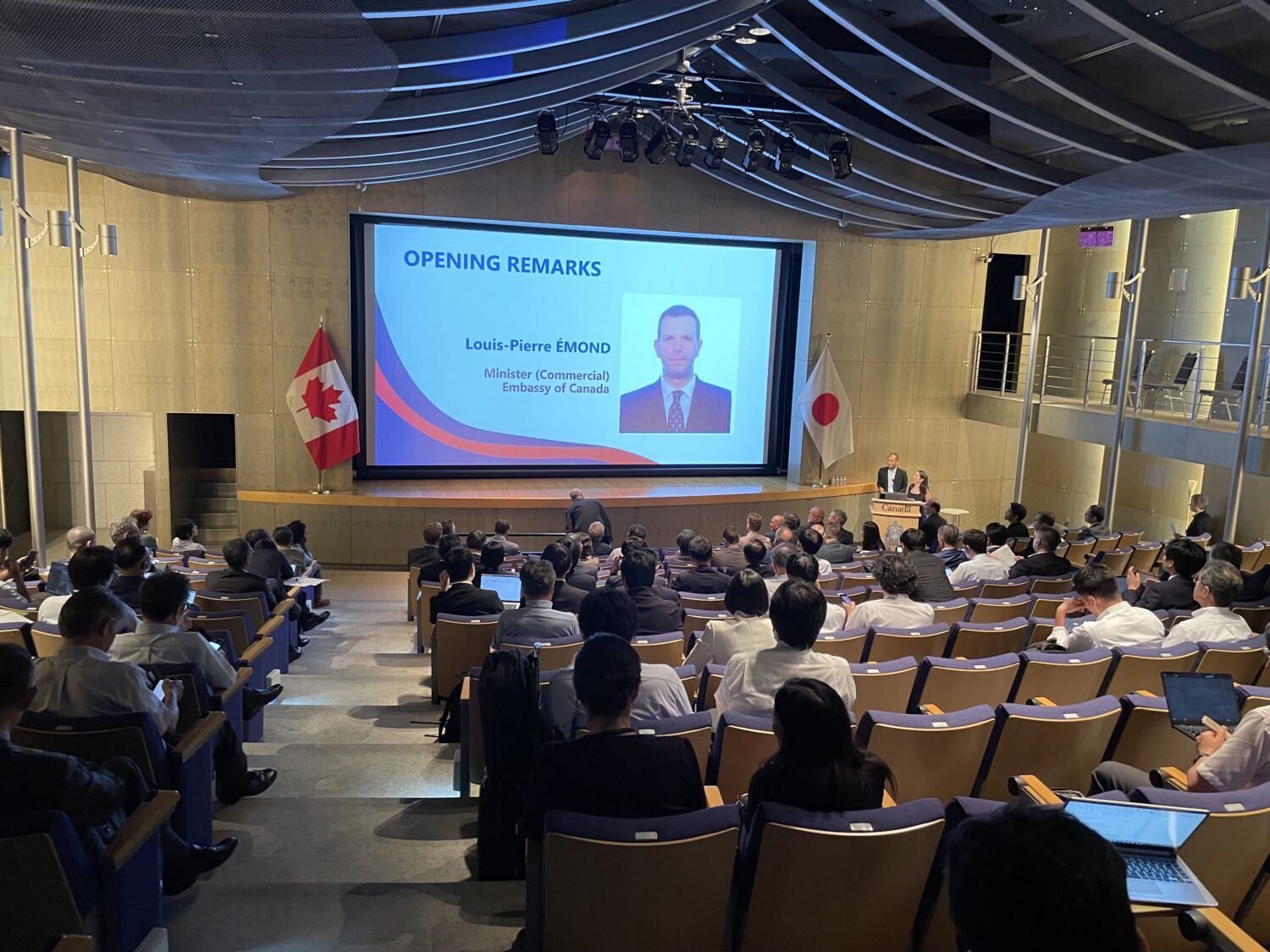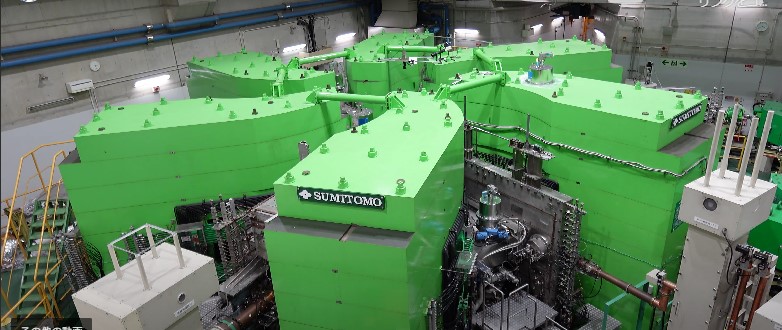It is the first time since the March 2011 accident at the Fukushima Daiichi Nuclear Power Plants of the Tokyo Electric Power Co. (TEPCO) that the reference value—provisionally set at 500Bq/kg for common foods in March 2011, and reduced to the current level in April 2012—was not exceeded for any item during the entire fiscal year.
For comparison purposes, the index value for common foods issued by the Codex Alimentarius Commission (CAC), a source for international food standards, is 1,000Bq/kg.
Moreover, the prefecture said that cesium levels were below the limit of detection in 7,702 products, accounting for 91.27% of the total, or over 90% of the products for the first time.
In the current fiscal year (ending March 2017), radioactive levels in all 2,722 marine products caught through July 15 were below the reference value. Several types of fish not subject to fisheries test operations were also examined.
Marine products with radioactive cesium concentrations above the reference value have been declining, as follows: 34.74% in FY11 (ending March 2012), 12.55% in FY12 (ending March 2013), 2.30% in FY13 (ending March 2014), and 0.48% in FY14 (ending March 2015).
In FY15, the highest radioactive cesium concentration among marine products caught offshore of Fukushima was 94Bq/kg, for stingrays, which are not subject to fisheries test operations.
As cesium concentrations have fallen, the types of fish subject to test operations have increased from the initial three to the current 73. In June, an earlier suspension of shipments of flounder—the premium fish of the prefecture—was lifted, and the prefecture is now considering including flounder in its fisheries test operations. The prefecture cited natural decay as one reason for the drop: namely, the half-life of cesium-134 is only about two years.
Catch volumes from fisheries test operations (during the whole year) increased from 122 tons in 2012 to 1,512 tons in 2015, for a more than tenfold increase. That, however, is only six percent of the annual catch of about 25,000 tons that had been registered for inshore fishing before the accident. Prospects for a return to full-scale operations are still remote.
The sea area subject to the prefecture’s examinations of radioactive materials includes a 20-km radius from the Fukushima Daiichi NPPs, which is not subject to fisheries test operations. Actually, however, the area inside the port of the NPPs is not included in the examinations. As of July 25, shipments of 21 kinds of fish are still suspended by order of the national government.
The steady decline in radioactive concentrations compared with reference values is also seen in fish caught in inland waters, including lakes and rivers. In FY15, only seven varieties out of a total of 533 exceeded reference values. The highest value, 180Bq/kg, was for landlocked masu trout. Since FY13 (ending March 2014), no farmed fish have exceeded the reference value.


